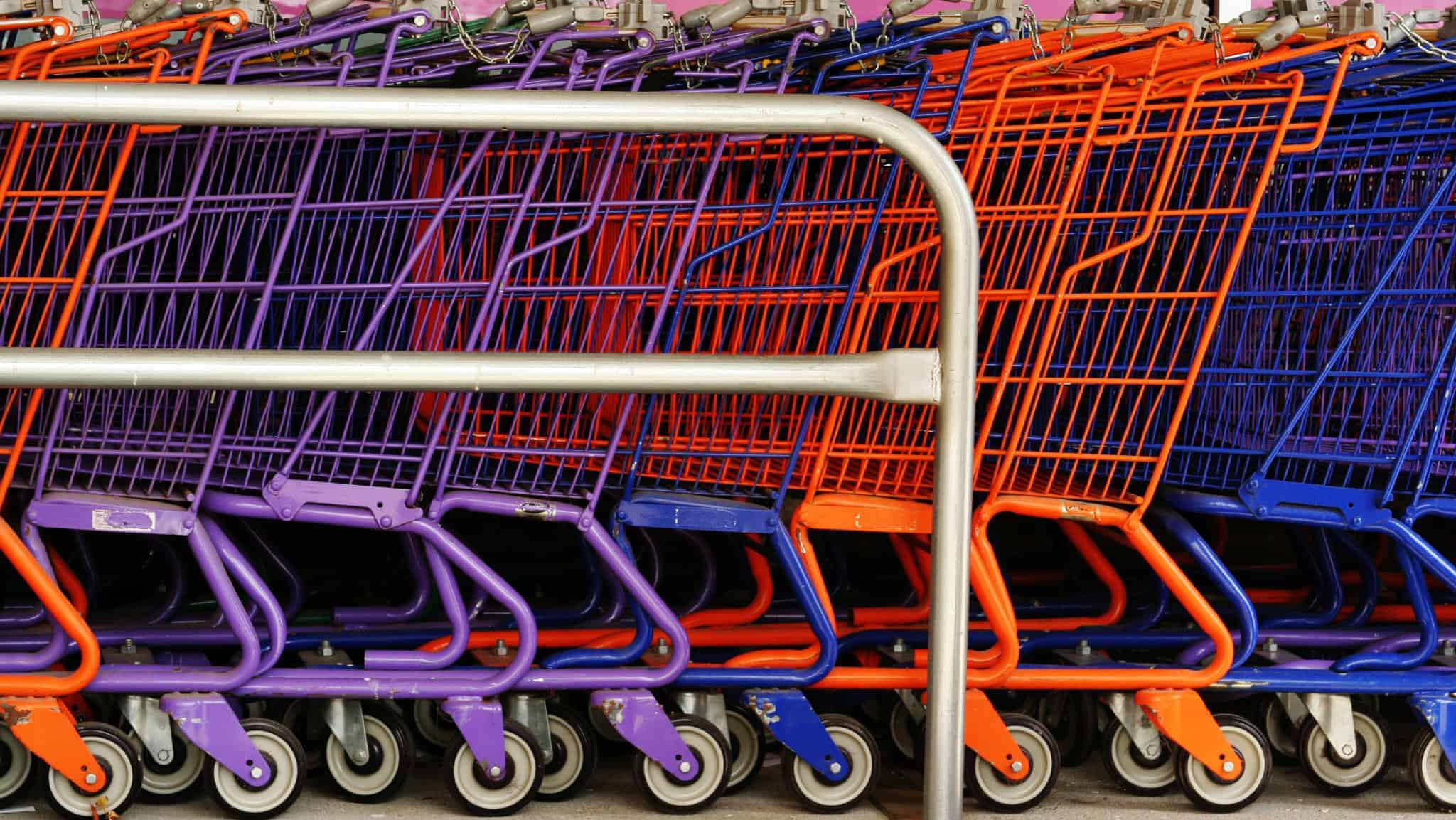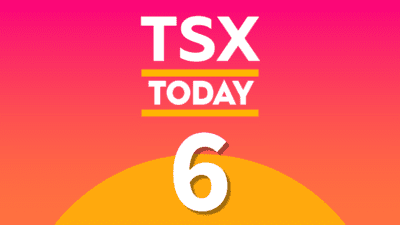It’s almost as if Business News Network (BNN) planned it this way, but former Sears Canada VP David Zietsma appeared on one its shows October 12 to talk about the department store’s downfall.
Less than 24 hours later, Toronto portfolio manager David Baskin appeared on the network extolling the virtues of Amazon.com, Inc. (NASDAQ:AMZN), while also spreading some more doom and gloom about brick-and-mortar retail.
Don’t believe everything you read about retail.
I’ve referenced David Baskin’s chief investment officer, Barry Schwartz, in past stories because Schwartz has got a pretty good track record when it comes to investing. However, Baskin’s appearance on BNN discussing his take on retail is, in my opinion, a complete oversimplification of what’s happening in the retail industry today.
Here’s why
Baskin’s main point was that online sales in the U.S. currently represent just 8% of overall retail revenues but are growing exponentially as a result of Amazon CEO Jeff Bezos’s dogged determination to own the global e-commerce industry.
Bezos wants to sell its estimated 80 million Amazon Prime subscribers worldwide everything from soup to nuts. It’s a reason why it bought Whole Foods for US$13.7 billion. Now, it has a retail footprint in place to service its Prime customers more efficiently. Those customers spend US$1,300 per year, on average — double what non-Prime customers spend annually at Amazon.
Baskin goes on to suggest that Bezos’s fight to lower margins in the retail industry is such a disruptive force that he’s avoiding retail stocks entirely, using lower prices at Whole Foods as an indication the battle is about to get nasty in the grocery aisles.
But is Amazon really cutting prices to the bone?
According to the Washington Post, research firm Gordon Haskett studied the prices of 110 items over five weeks after the Whole Foods takeover was complete and found that prices dropped by just 1.2%. That’s hardly throwing down the gauntlet.
Baskin finished his two-minute and 39-second appearance advising Hubert Joly, CEO of Best Buy Co. Inc. (NYSE:BBY) how to run its business.
“I would lay off 80% of my staff,” Baskin stated on BNN. “I would have one TV of every brand. One computer of every brand. Have people look at them and then direct them to the Best Buy online site. Have a showroom and direct them to your own online site rather than be cannibalized by Amazon and others.”
The truth is, if Baskin actually followed Best Buy, he’d know that this concept of “Showrooming” is old-fashioned and out of date.
“Best Buy remains one of our favourite long ideas in the specialty hardlines retailing sector, and one of the few companies that has definitively proven it cannot just survive, but thrive, in the ‘post-Amazon era’ in our opinion,” wrote Loop Capital analyst Anthony Chukuma October 12 in a note to clients.
The reality
I’ve followed Best Buy since Joly was hired away from Carlson Hospitality (Radisson Hotels, T.G.I Friday’s) in August 2012. The job he’s done over the last five years is nothing short of remarkable and should be required study in retail programs across North America.
Best Buy didn’t fade away precisely because it chose to empower the in-store staff, provide a better customer experience, and deliver a true omnichannel shopping experience.
Its brick-and-mortar footprint is a testament to in-store retail and won’t easily be replaced, no matter what you might think Amazon can do to disrupt Best Buy’s business.
The contrarian play
Personally, I think what’s happening in retail is very positive.
It highlights that retail is still about curating great product, online or off, and merchandising so customers want to buy again and again. It’s about more than just providing a value proposition, and it’s definitely not about private equity leveraging up a business to the point where it chokes off creativity and chases away talent.
You know what they say: what doesn’t kill you makes you stronger.
If you want to make money over the long haul, my suggestion is you buy the SPDR S&P Retail (ETF) (NYSEARCA:XRT). Every time it drops below US$40, you buy a little more; if it goes below US$35, you buy more than a little more, and below $30, you back the truck up.









